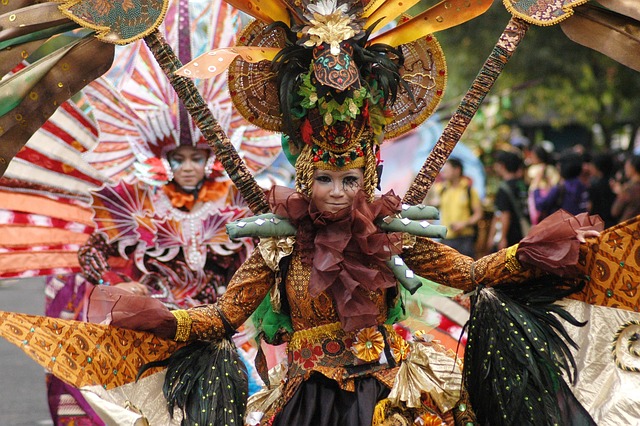The Art of Choreography: Creating Movement in Neoclassical Ballet
Neoclassical ballet stands as a testament to the timeless beauty and innovation within the realm of dance. A blend of traditional ballet techniques and contemporary artistic expression, this genre has captivated audiences with its grace, precision, and thought-provoking choreography. At the heart of neoclassical ballet lies the intricate process of choreographing movements that not only honor tradition but also push the boundaries of creativity.
Choreography in neoclassical ballet is a delicate balance between preserving the foundational techniques of classical ballet and infusing them with modern interpretations. Choreographers embark on a journey of self-expression and artistic exploration as they craft movements that convey emotions, stories, and concepts. The process often begins with a deep understanding of the music that will accompany the dance. The music serves as the heartbeat of the choreography, dictating the rhythm, tempo, and mood of the piece.
One of the distinctive features of neoclassical ballet is its ability to embrace both fluidity and angularity in movement. Dancers transition seamlessly from the soft, flowing motions reminiscent of classical ballet to the sharp, geometric shapes that characterize the modern aspect of the genre. This duality allows choreographers to convey a wide range of emotions – from the ethereal and romantic to the dynamic and energetic.
When crafting choreography for neoclassical ballet, choreographers must also consider the unique capabilities of the dancers themselves. Unlike the rigid hierarchy of classical ballet, neoclassical ballet often encourages a more collaborative relationship between choreographers and dancers. This synergy empowers dancers to contribute their individual artistry and interpretations to the choreography, resulting in performances that feel authentic and personal.
The art of storytelling through movement takes center stage in neoclassical ballet. Choreographers weave intricate narratives using gestures, poses, and formations that engage both the dancers and the audience. Every movement becomes a brushstroke on the canvas of the stage, allowing stories to unfold without the need for words. This visual language enables neoclassical ballet to explore complex themes and emotions, inviting viewers to interpret and connect with the performance on a deeper level.
In recent years, neoclassical ballet has also embraced technology as a means of enhancing choreography. Innovative lighting, projections, and stage designs have allowed choreographers to create immersive experiences that transcend the traditional confines of the stage. This integration of technology opens new avenues for creativity, enabling choreographers to play with space, time, and visual effects in ways that were previously unimaginable.
As the world evolves, so does the art of neoclassical ballet. Contemporary socio-cultural influences often find their way into choreography, adding layers of meaning and relevance to the movements. Choreographers are unafraid to tackle societal issues, challenge norms, and provoke thought through their choreographic choices. This infusion of modern perspectives keeps neoclassical ballet a living, breathing art form that resonates with audiences of all generations.
In conclusion, the art of choreography in neoclassical ballet is a harmonious blend of tradition, innovation, and self-expression. It embraces the classical techniques that have stood the test of time while embracing the freedom to explore new realms of movement and storytelling. The collaboration between choreographers and dancers, the power of music, and the incorporation of modern influences all contribute to the captivating allure of neoclassical ballet. As the stage curtains rise and dancers take their positions, the audience is invited to witness not only the beauty of dance but also the profound artistry that goes into every movement.



